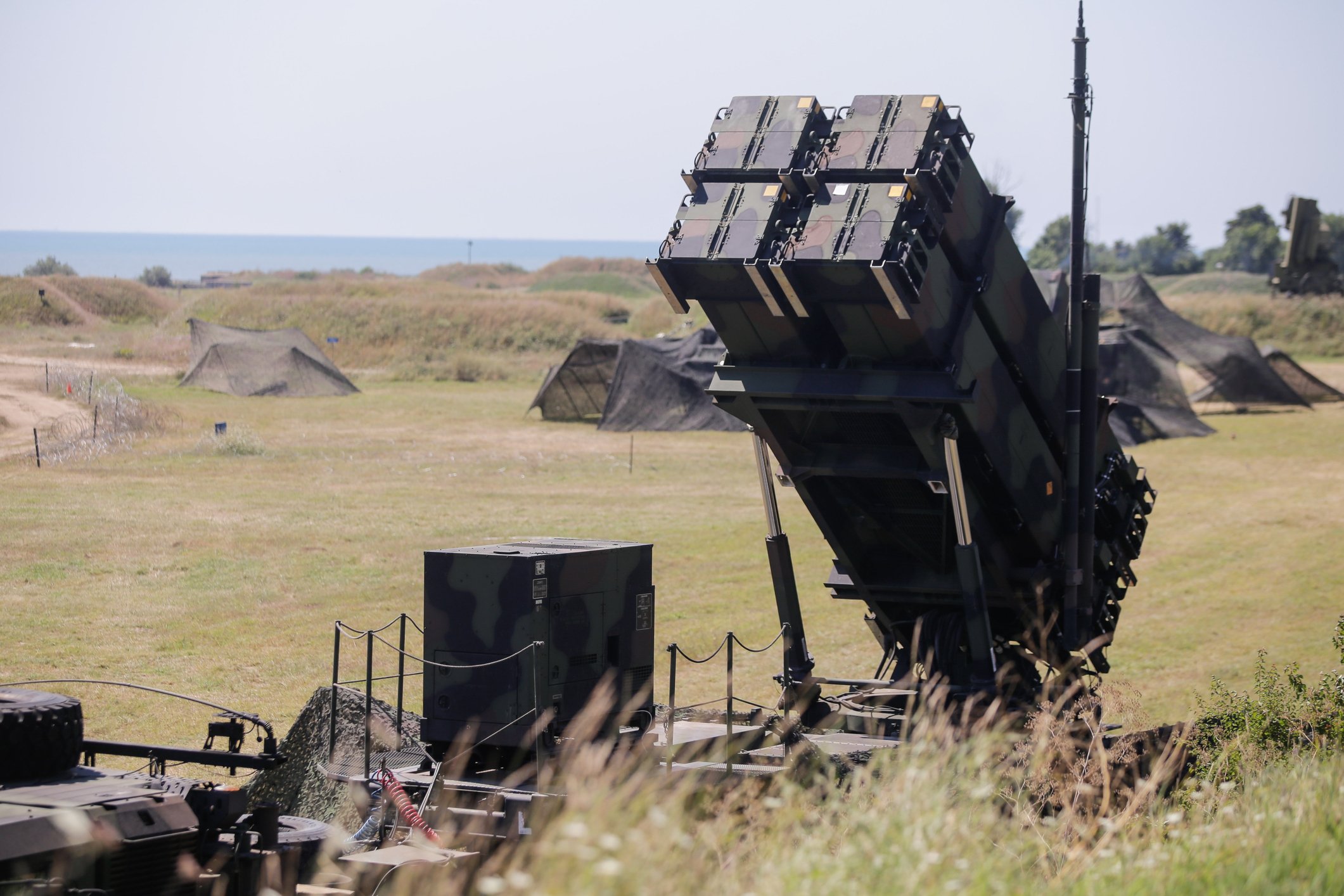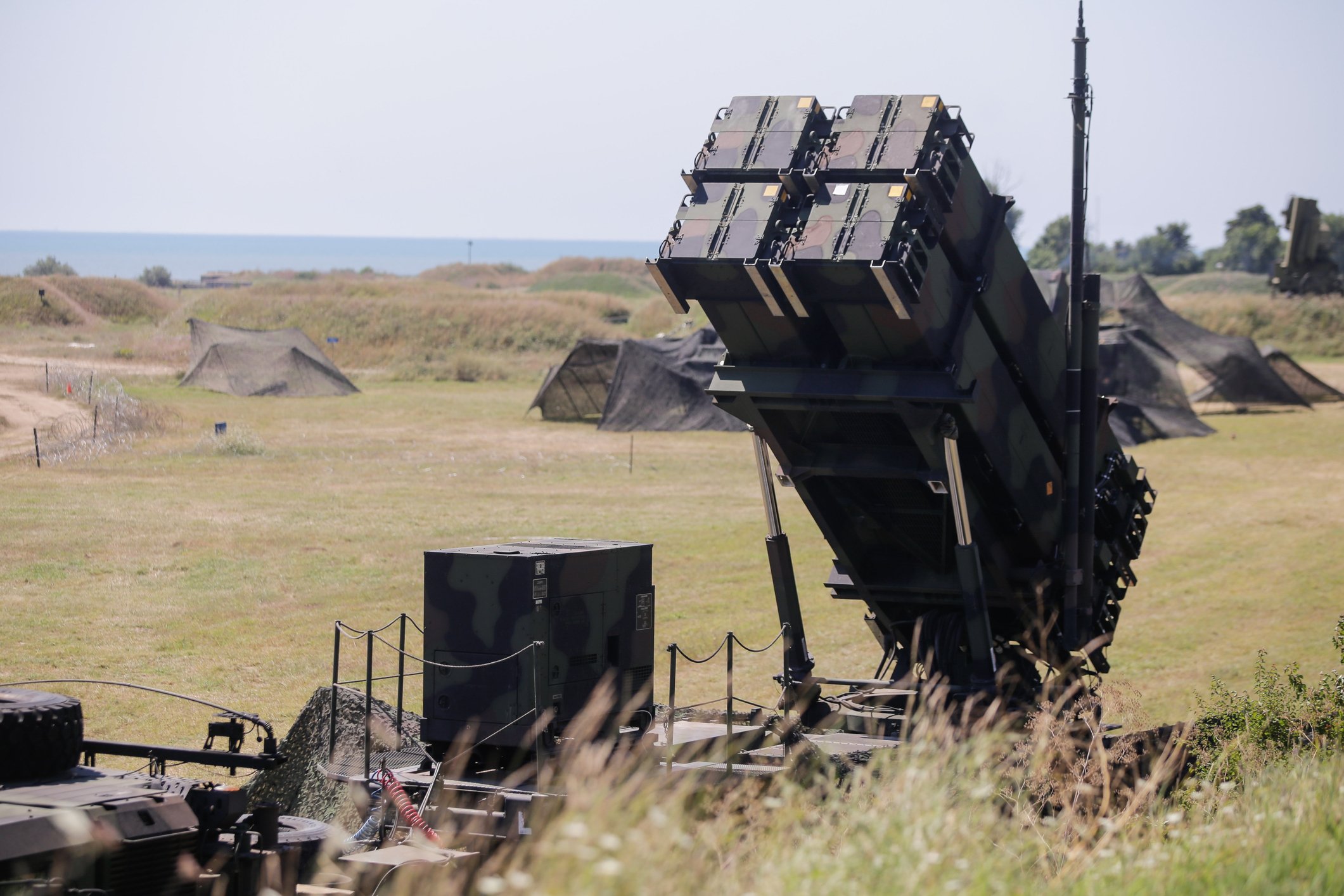The U.S. Navy is suspending purchases of Lockheed Martin's (LMT 1.09%) drone minisubs, and switching to an alternative product -- probably from General Dynamics (GD 2.33%). Let me be the first to say: I called it.
Maybe.
STORM CLOUDS GATHER OVER THE NAVY'S most expensive minesweeper. IMAGE SOURCE: MASS COMMUNICATION SPECIALIST 1ST CLASS LEAH STILES FOR U.S. NAVY.
The news
The Navy has already spent more than $700 million on the "drone" in question, actually a batch of 10 remote multi-mission vehicles (RMMV) designed to operate from Navy Littoral Combat Ships on minesweeping missions. Each drone is essentially a remote-controlled minisubmarine designed to locate and mark anti-ship mines for later disposal by its mothership.
The Pentagon had planned to invest a further $700 million in the acquisition of nearly four dozen more of these RMMV drones. But 15 years of development have failed to fix problems with the minisubs, which broke down 14 times over 300 hours of testing in recent sea trials. The Pentagon's assessment: RMMV is "not ... operationally effective."
In fact, according to the Pentagon, "reliability [of the RMMV] plateaued nearly a decade ago," and Lockheed has been unable to bring the product up to snuff despite 10 years of additional work. Accordingly, the Navy is just about ready to cut bait on the project -- and go with another supplier.

Abandon drone! LOCKHEED MARTIN'S RMMV is sinking. IMAGE SOURCE: U.S. NAVY VIA LOCKHEED MARTIN.
Who will replace Lockheed Martin's broken boat?
Bloomberg reported earlier this week that the Navy is considering several alternatives to Lockheed's drone. The leading contender right now appears to be General Dynamics' Knifefish, a similar submarine drone, which the Navy was already planning to deploy for the minesweeping mission in 2017. At an estimated $1 billion for 48 units, Knifefish promises to be a cheaper and perhaps a more effective minehunter than what Lockheed Martin is offering.
But Knifefish isn't the only fish in the sea, and General Dynamics doesn't yet have a lock on winning this contract. A report out of USNI.org confirms that the Navy is considering at least three alternatives. First, Lockheed will get one more chance to bring its drone up to snuff. Once it's made its final round of improvements, the upgraded RMMV will compete against General Dynamics' Knifefish, and also a non-submarine variant, the Common Unmanned Surface Vehicle from Textron (NYSE: TXT).
After completing its competition, the Navy intends to choose one system to go forward with in fiscal 2019 and beyond.
Who will win?
All of this is of course fascinating stuff. But here at The Motley Fool, we're actually more interested in the implications it holds for investors than in the military news per se. So what's the upshot of all of this for your portfolio?
Here's my take: Lockheed Martin may still salvage this project, and its chance to win $700 million in additional revenues from RMMV -- and perhaps more. A successful drone would almost certainly yield additional sales in later years. That said, Lockheed's been working on this sub for 15 years now. If it hasn't got it operating properly yet, chances seem slim that three more years will do the trick.
Textron's product, on the other hand, is the Common Unmanned Surface Vehicle. And while surface vessels can certainly perform some minesweeping missions, after 15 years of trying to get RMMV to work right, it's pretty clear that what the Navy really wants for its minesweeping missions is a drone that can operate underwater. That strongly suggests that General Dynamics and Knifefish are now in the pole position.
If I had to wager money on who will win this contract in the end, my money would now be on General Dynamics.
KNIFEFISH LOOKS SHARP IN THIS PROMOTIONAL ILLUSTRATION. IMAGE SOURCE: GENERAL DYNAMICS.










